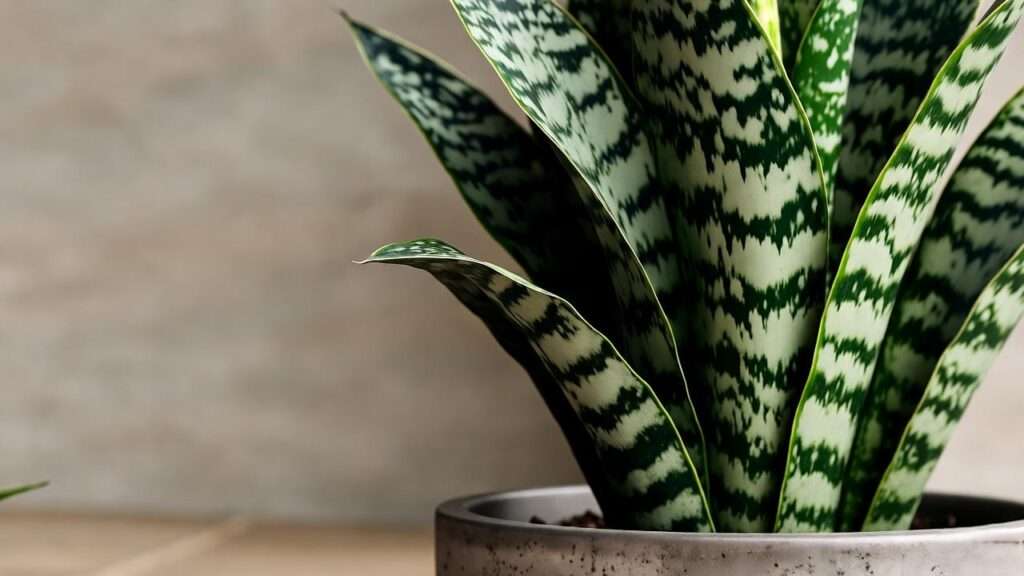Imagine a houseplant that’s as stunning as it is resilient, transforming your home with bold, dark green foliage while asking for minimal effort in return! 🌟 The black coral snake plant (Dracaena trifasciata ‘Black Coral’, formerly Sansevieria) is the perfect choice for plant lovers seeking low-maintenance beauty. Known for its striking, sword-like leaves and air-purifying qualities, this indoor gem thrives in almost any environment. Whether you’re a beginner or a seasoned plant parent, this comprehensive guide, crafted by a horticulture expert with over a decade of experience, will equip you with everything you need to ensure your black coral snake plant flourishes. From light and watering to propagation and styling, let’s dive into the ultimate care guide! 🖤🌱
What Is a Black Coral Snake Plant? 🌴
Overview and Characteristics
The black coral snake plant is a standout variety of the snake plant family, beloved for its dramatic, upright leaves that boast a rich, dark green hue with silver-gray variegation. Its botanical name, Dracaena trifasciata ‘Black Coral’, reflects its recent reclassification from Sansevieria, though it’s still commonly called snake plant or mother-in-law’s tongue. Native to tropical West Africa, this plant grows in rosettes, with leaves that can reach up to 3 feet tall in ideal conditions. Its sleek, architectural form makes it a favorite for modern interiors, adding a touch of elegance to any space.
This plant’s resilience is legendary—it can tolerate neglect, low light, and irregular watering, making it a top pick for busy households or first-time plant owners. Its slow growth and sturdy structure also mean it maintains its shape without frequent maintenance. 🌿
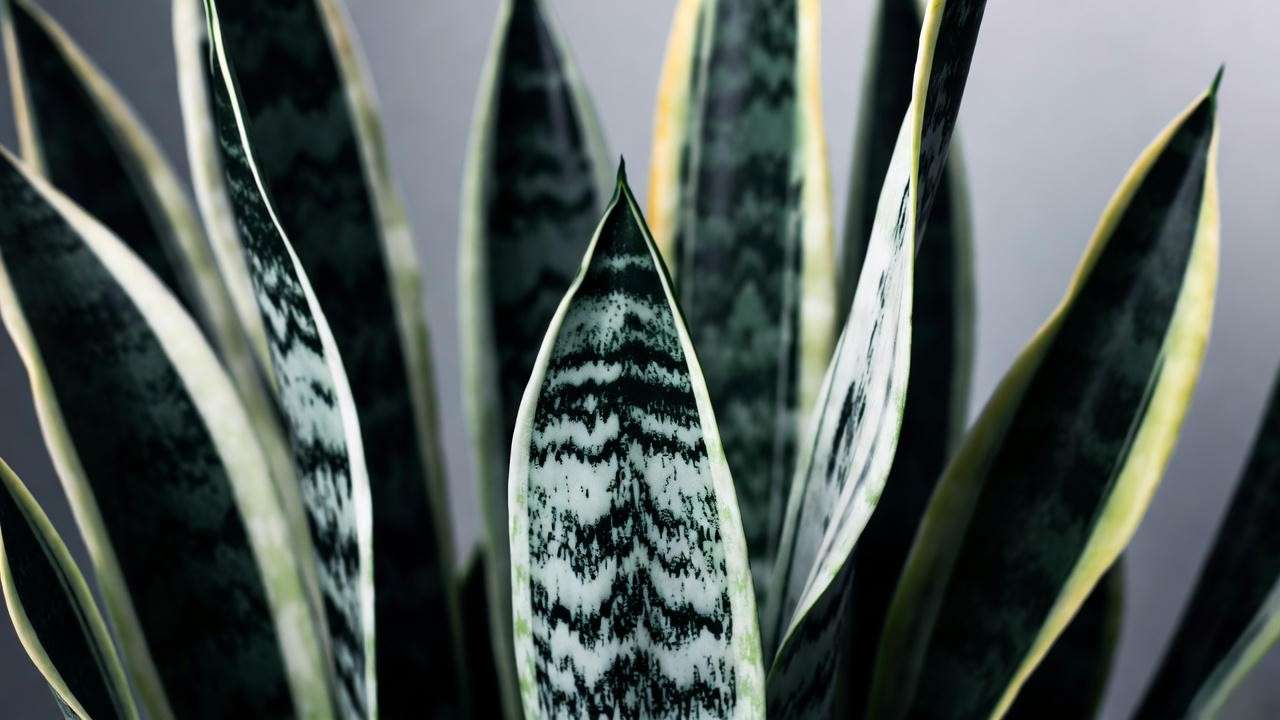
Benefits of Growing a Black Coral Snake Plant
Why choose a black coral snake plant? Beyond its aesthetic appeal, it offers a host of benefits:
- Air Purification: According to NASA’s Clean Air Study, snake plants remove toxins like formaldehyde, benzene, and xylene from the air, improving indoor air quality. 🧼
- Low Maintenance: Perfect for those with limited time, it requires minimal care compared to fussier houseplants.
- Aesthetic Versatility: Its bold, upright leaves complement modern, minimalist, or bohemian decor styles.
- Durability: It thrives in a wide range of conditions, from dim corners to bright rooms, making it adaptable to any home.
These qualities make the black coral snake plant a practical and stylish addition to your indoor jungle.
Essential Care Requirements for Black Coral Snake Plant 🌞
Caring for a black coral snake plant is straightforward, but understanding its needs ensures it thrives. Let’s break down the key care elements.
Light Needs
Black coral snake plants are adaptable to various light conditions, but they perform best in bright, indirect light. Place them near a north- or east-facing window for optimal growth, where they’ll develop vibrant, healthy leaves. They can tolerate low light, such as in a dimly lit office or hallway, but expect slower growth and less pronounced variegation in these conditions.
Expert Tip: Avoid direct sunlight, as it can scorch the leaves, causing brown, crispy edges. If you notice fading variegation, move the plant to a brighter spot to restore its striking appearance. ☀️
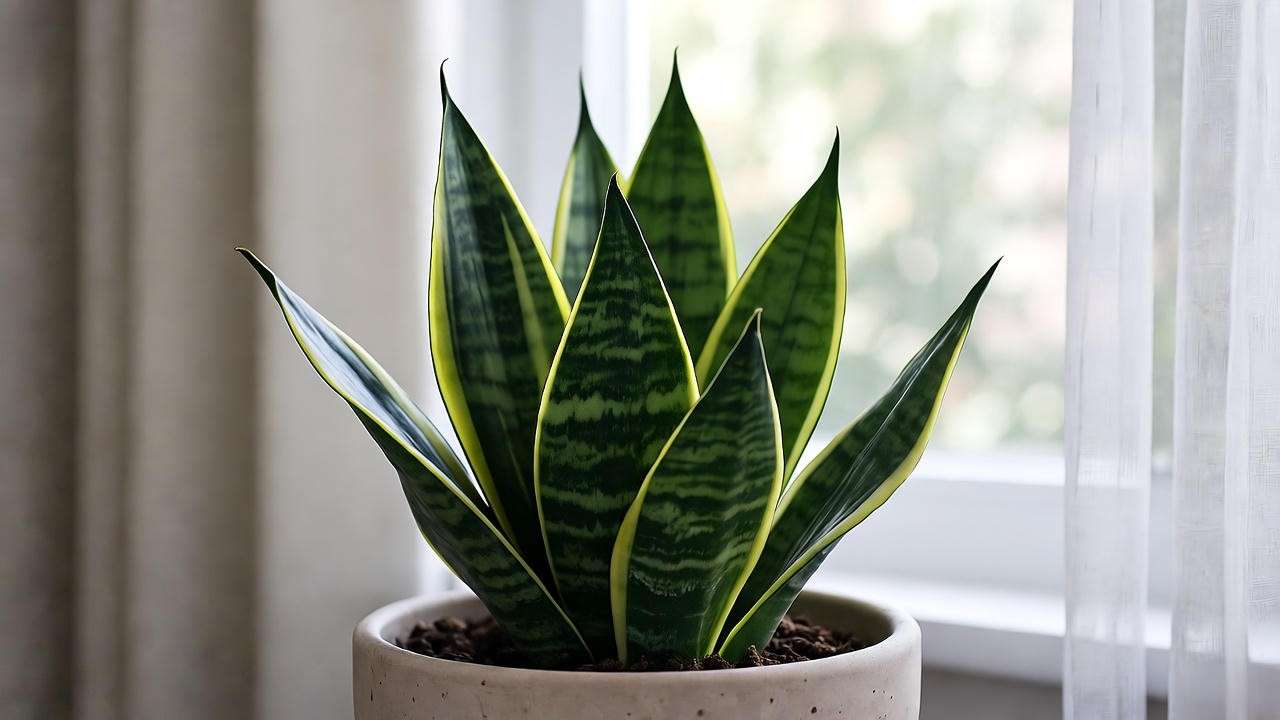
Watering Guidelines
One of the biggest mistakes with snake plants is overwatering. Black coral snake plants prefer a “less is more” approach:
- Watering Frequency: Water every 2–4 weeks, allowing the soil to dry out completely between waterings. In winter, reduce to every 4–6 weeks as growth slows.
- Signs of Overwatering: Yellowing leaves, soft or mushy roots, and a soggy base indicate too much water. If this happens, let the soil dry out and adjust your schedule.
- Best Practice: Use a pot with drainage holes and check soil moisture with your finger or a moisture meter before watering. 💧
For example, in a warm, sunny room, you might water every 3 weeks, while a cooler, shadier spot may require watering only once a month.
Soil and Potting
The right soil mix is crucial for preventing root rot. Use a well-draining potting mix, such as a cactus or succulent blend, or create your own by combining potting soil with perlite or sand. The goal is to ensure water flows through easily, avoiding waterlogged roots.
- Pot Choice: Always use a pot with drainage holes. Terracotta pots are ideal, as they allow excess moisture to evaporate.
- Repotting: Repot every 2–3 years or when the plant becomes root-bound (roots circling the pot or emerging from drainage holes). Spring is the best time for repotting to minimize stress.
Temperature and Humidity
Black coral snake plants thrive in typical household conditions:
- Temperature: Keep them in a range of 60–85°F (15–29°C). They can tolerate slightly cooler temperatures but should be protected from drafts or temperatures below 50°F (10°C), which can cause leaf damage. ❄️
- Humidity: Average household humidity (30–50%) is perfect. Unlike tropical plants, snake plants don’t require misting or high humidity, making them low-fuss.
If you live in a cold climate, keep the plant away from drafty windows or unheated rooms in winter.
Fertilizing
Fertilizing a black coral snake plant is minimal but can boost growth:
- When to Fertilize: Apply a balanced liquid fertilizer (e.g., 10-10-10) once a month during the growing season (spring and summer).
- How Much: Dilute the fertilizer to half strength to avoid overfeeding, which can cause leaf burn or weak, leggy growth.
- Winter Care: Skip fertilizing in fall and winter when the plant is dormant.
Over-fertilizing is a common mistake, so err on the side of caution to keep your plant healthy.
How to Propagate Black Coral Snake Plant 🌱
Propagating your black coral snake plant is a rewarding way to expand your collection or share with friends. There are two primary methods: leaf cuttings and division.
Propagation Methods
- Leaf Cuttings:
- Cut a healthy leaf near the base using clean, sharp scissors.
- Slice the leaf into 3–4 inch sections, noting which end is the bottom (the part closest to the roots).
- Place the cuttings in water or well-draining soil, ensuring the bottom end is submerged or buried.
- Keep in bright, indirect light and change water weekly (if using water) or keep soil lightly moist.
- Roots typically form in 4–8 weeks, with new shoots appearing after a few months.
Note: Leaf cuttings may produce green leaves without the black coral’s signature variegation.
- Division:
- Remove the plant from its pot and gently separate the root ball into sections, ensuring each has roots and leaves.
- Plant each section in its own pot with fresh, well-draining soil.
- Water lightly and place in bright, indirect light.
Division is faster and ensures the new plants retain the black coral’s variegated pattern.
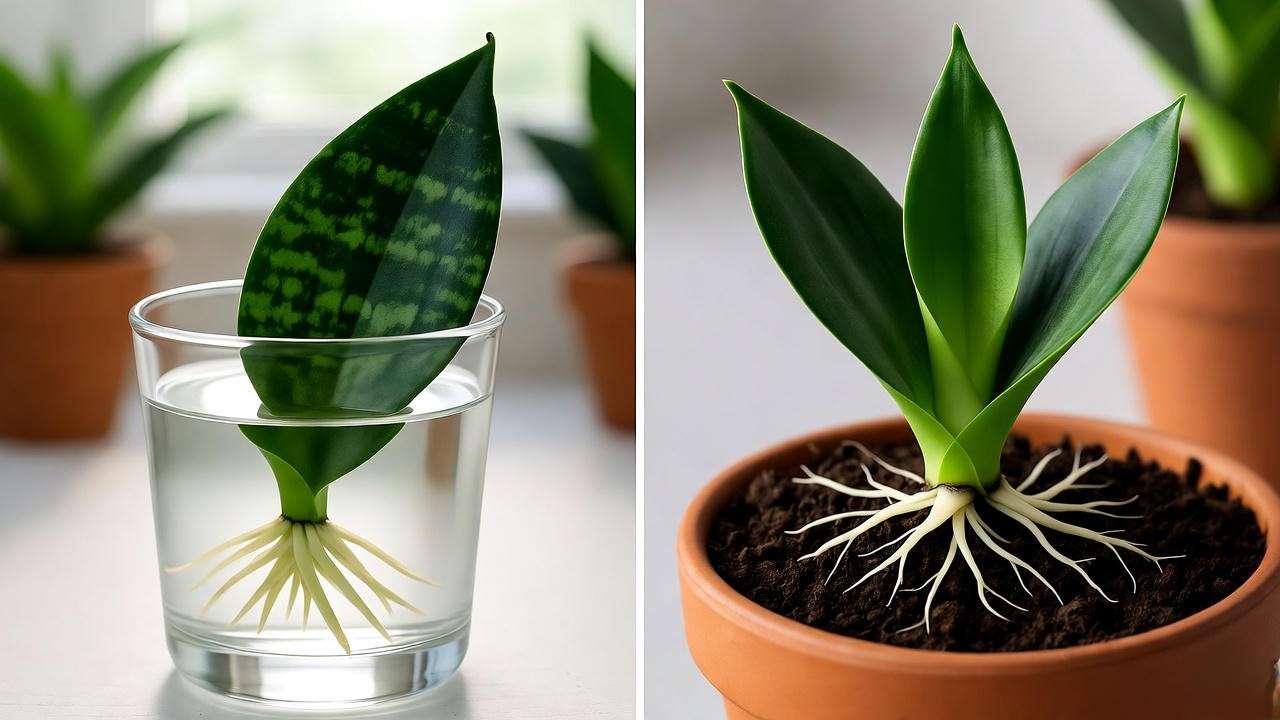
Best Practices for Success
- Timing: Propagate in spring or early summer when the plant is actively growing.
- Tools: Sterilize scissors or knives to prevent infection.
- Care for New Plants: Treat propagated plants like mature ones, but be extra cautious with watering to avoid rot.
Expert Insight: I once propagated a black coral snake plant by division for a friend, and within months, the new plants were thriving, retaining their stunning variegation. Division is my go-to method for guaranteed results! 🌿
Common Problems and Solutions 🐞
While black coral snake plants are hardy, they can face a few issues. Here’s how to identify and fix them.
Pests
Snake plants are relatively pest-resistant, but they can occasionally attract:
- Spider Mites: Look for webbing or tiny dots on leaves. Wipe leaves with a damp cloth and treat with neem oil.
- Mealybugs: White, cottony patches on leaves. Remove with a cotton swab dipped in rubbing alcohol.
- Scale: Small, brown bumps on leaves. Scrape off and apply insecticidal soap.
Prevention: Regularly inspect your plant and maintain good air circulation. A healthy plant is less susceptible to pests. 🧴
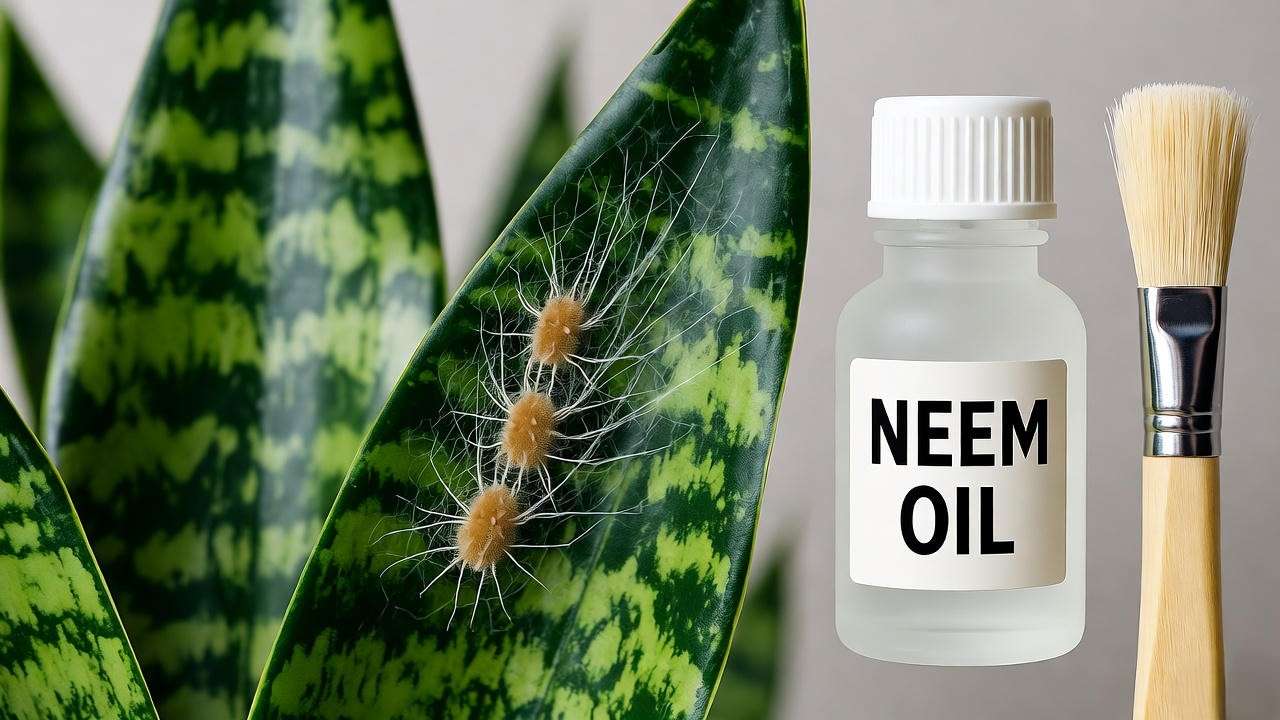
Diseases
- Root Rot: The most common issue, caused by overwatering. Signs include mushy roots and yellowing leaves. To fix, remove affected roots, repot in fresh soil, and adjust watering.
- Fungal Issues: Rare but possible in overly humid conditions. Improve ventilation and reduce watering to prevent fungal growth.
Other Issues
- Drooping Leaves: Often due to overwatering or insufficient light. Check soil moisture and move to a brighter spot.
- Yellowing Leaves: Indicates overwatering or poor drainage. Ensure proper soil and pot conditions.
- Slow Growth: Normal for snake plants, but if growth stalls, increase light exposure or check for root-bound conditions.
Styling and Decorating with Black Coral Snake Plant 🏡
The black coral snake plant’s bold foliage makes it a versatile decor element.
Placement Ideas
- Living Rooms: Place in a sleek ceramic pot on a side table for a modern touch.
- Offices: Position near a desk to purify air and boost productivity.
- Bedrooms: Use as a bedside accent to promote restful sleep with its air-cleaning properties.
- Feng Shui: Place in corners or the wealth area (southeast) of your home to attract positive energy. ✨
Choose pots that complement your style—white or black ceramic for minimalism, or woven baskets for a bohemian vibe.
Companion Plants
Pair your black coral snake plant with other low-maintenance plants for a cohesive look:
- ZZ Plant: Similar care needs and a complementary upright form.
- Pothos: Adds trailing greenery for contrast.
- Succulents: Create a desert-inspired display with varied textures.
These combinations create a lush, tropical vibe without overwhelming your care routine.
Expert Tips for Long-Term Success 🌟
To keep your black coral snake plant thriving, consider these pro tips:
- Rotate Regularly: Turn the plant every few weeks to ensure even light exposure and balanced growth.
- Clean Leaves: Wipe leaves with a damp cloth monthly to remove dust, enhancing photosynthesis and keeping the plant vibrant.
- Monitor for Stress: Check for signs like wilting or discoloration and adjust care promptly.
- Personal Anecdote: A few years ago, I rescued a friend’s struggling black coral snake plant by repotting it in well-draining soil and moving it to brighter light. Within weeks, it bounced back, producing new shoots! This taught me the importance of proper soil and light for these resilient plants.
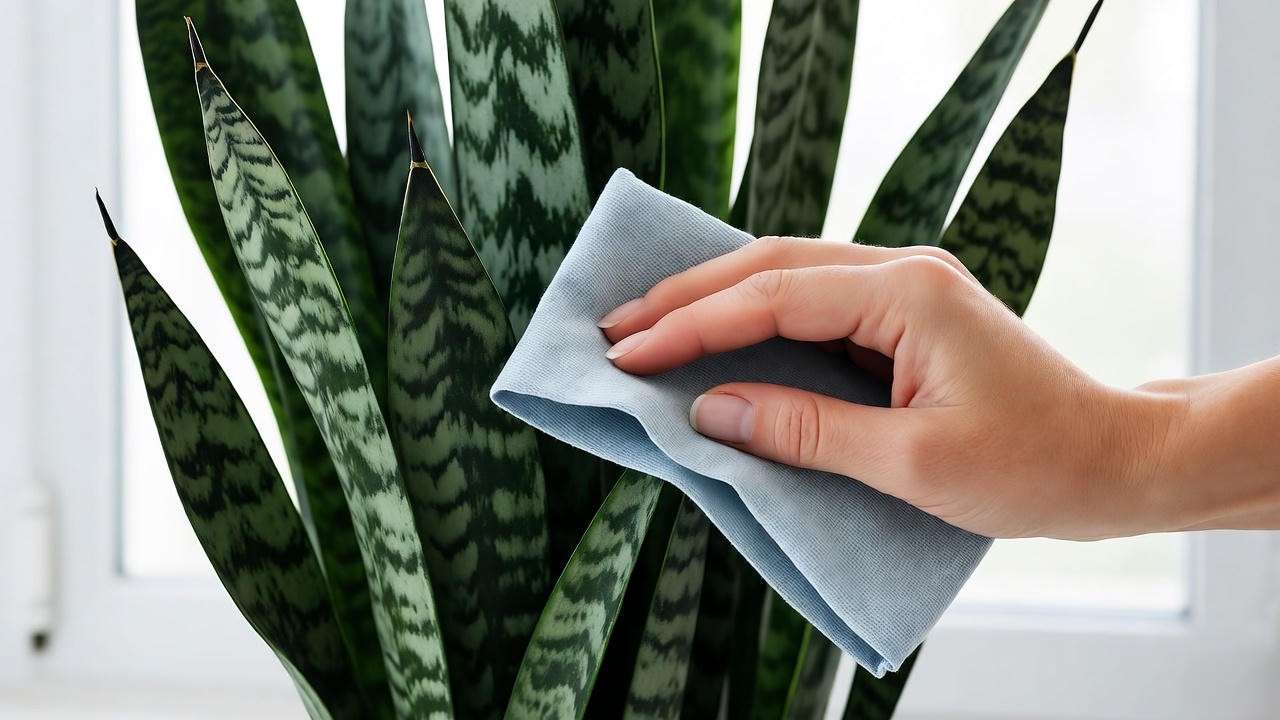
Frequently Asked Questions (FAQs) ❓
- Is the black coral snake plant toxic to pets?
Yes, it’s mildly toxic to cats and dogs, causing nausea or vomiting if ingested. Keep it out of reach of pets or opt for pet-safe plants if needed. - How fast does a black coral snake plant grow?
It’s a slow grower, typically producing 1–2 new leaves per year. Growth depends on light, water, and pot size. - Can I grow it outdoors?
Yes, in USDA zones 9–11, it can grow outdoors in partial shade. Protect from direct sun and frost. - Why are my plant’s leaves turning brown?
Brown tips are often caused by overwatering, low humidity, or fluoride in tap water. Use distilled water and check soil drainage.
Conclusion
The black coral snake plant is a stunning, low-maintenance houseplant that brings beauty and air-purifying benefits to any home. By following this guide—covering light, watering, soil, propagation, and troubleshooting—you’re equipped to keep your plant thriving for years. Whether you’re styling it in a chic pot or propagating new plants to share, this versatile plant is a joy to grow. 🌿
Have questions or want to show off your black coral snake plant? Share your photos or tips in the comments below! 📸 Explore our other plant care guides for more inspiration, and start your journey to a greener home today!

